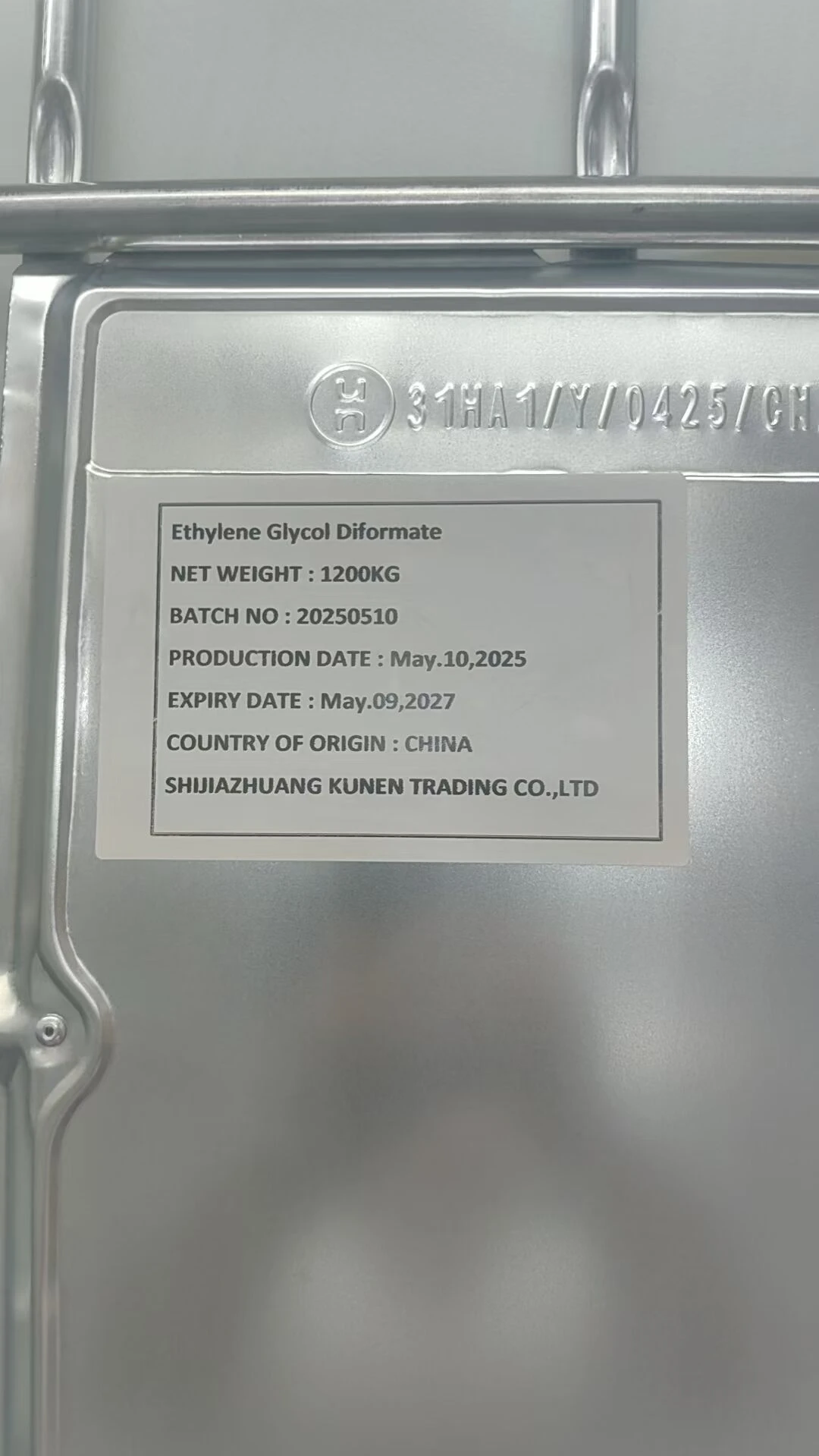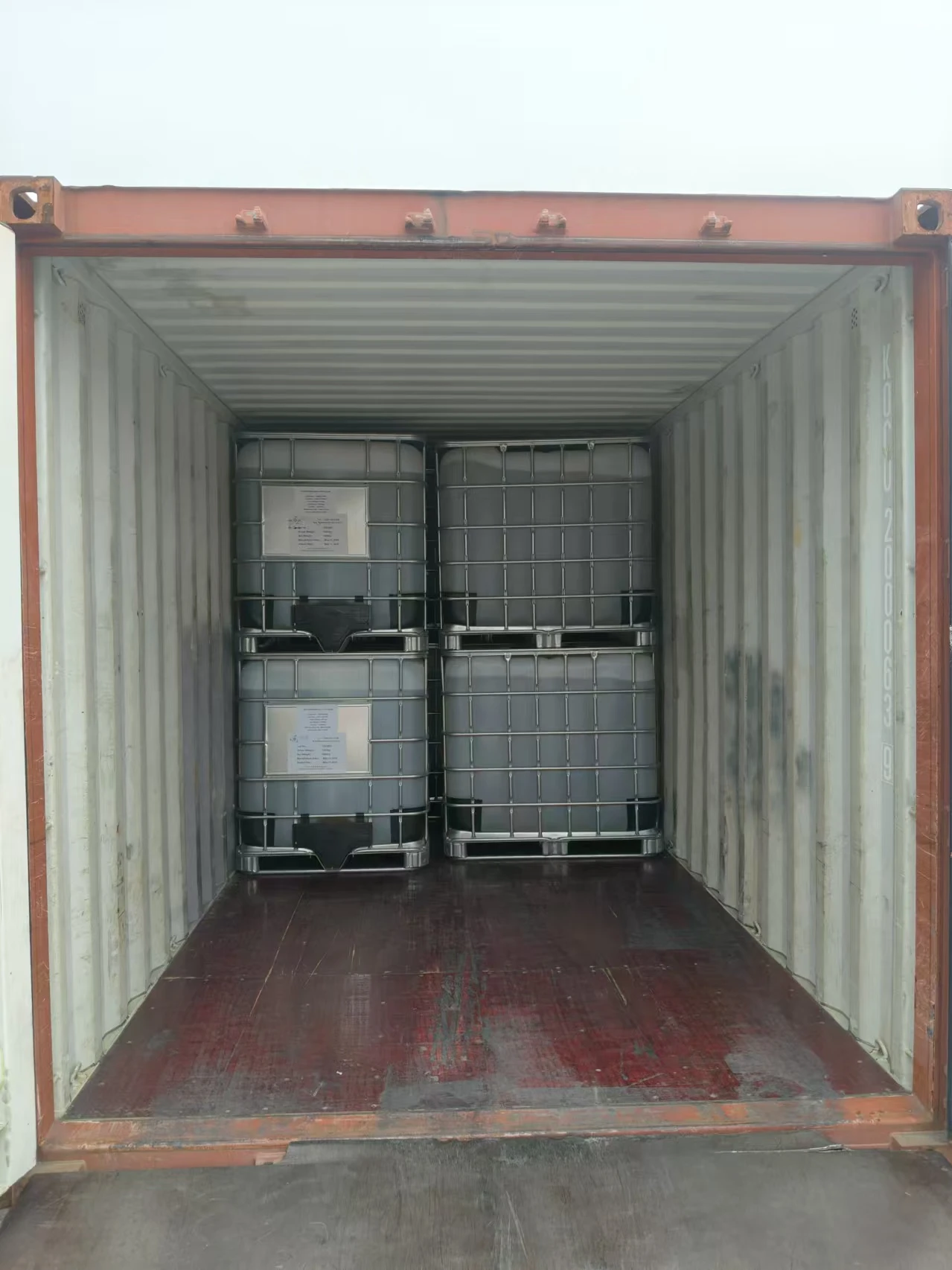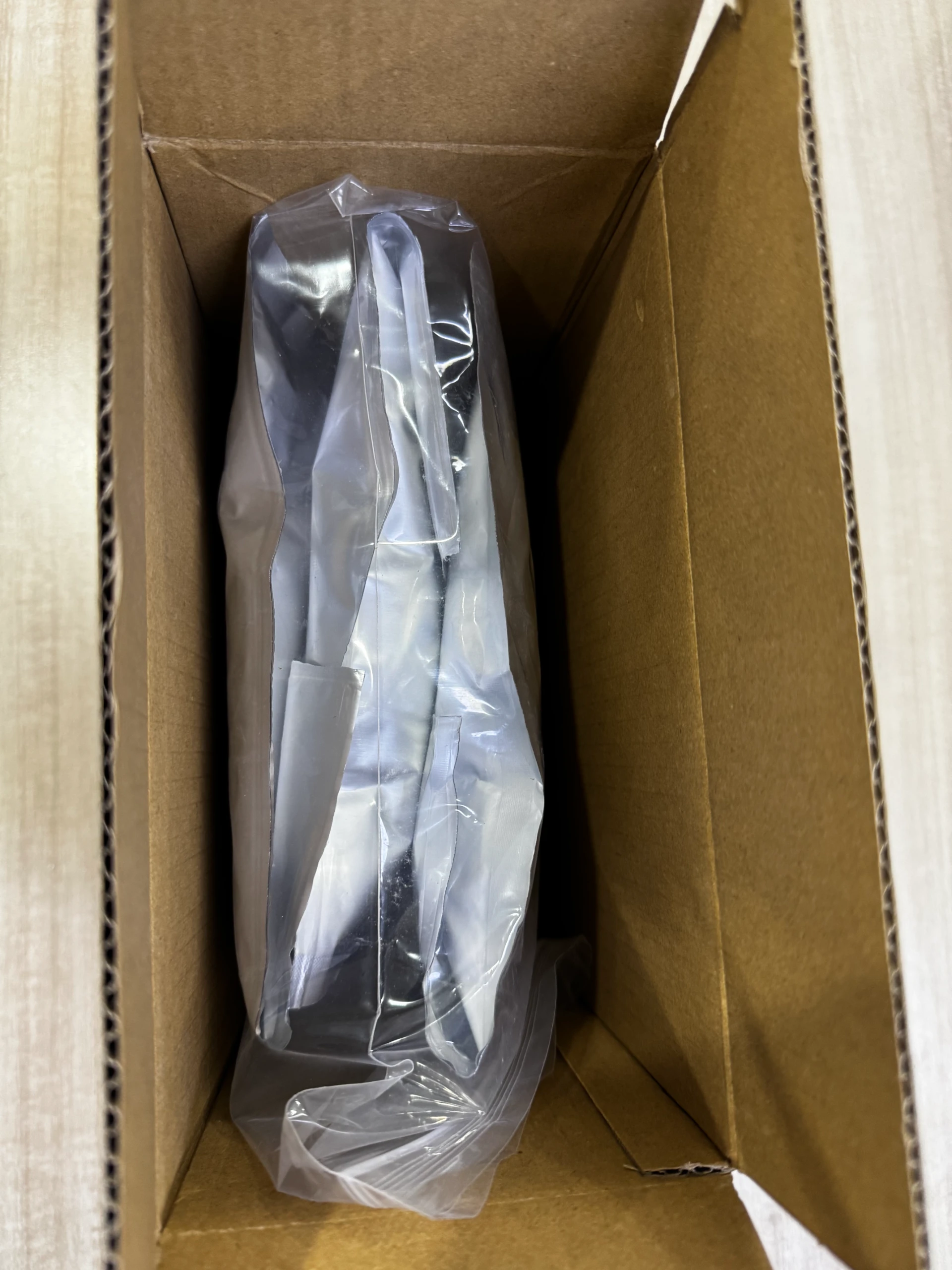Description
Olprinone is a selective phosphodiesterase 3 (PDE3) inhibitor. Olprinone is used as cardiotonic agent with positive inotropic and vasodilating effects. Olprinone has been reported to improve microcirculation and attenuate inflammation. Olprinone is often used to increase cardiac output after cardiopulmonary bypass (CPB). Olprinone was infused at a rate of 0.2 μg/kg/min when weaning from CPB was started. Olprinone has also shown potent antioxidative and anti-inflammatory effects in the meconium-induced oxidative lung injury.
Technical Information:
Synonyms: Olprinonehydrochloride-Loprinonehydrochloride;3-pyridinecarbonitrile,1,2-dihydro-5-(imidazo(1,2-a)pyridin-6-yl)-6-methyl-2-o;e1020;xo-,monohydrochloride,monohydrate;OLPRINONEHCL;
Certificate: GMP certificate, CFDA
Molecular Formula: C14H10N4O • HCl
Formula Weight :286.7
Purity :≥98%
Formulation(Request formulation change)
Canonical SMILES: CC1=C(C=C(C(=O)N1)C#N)C2=CN3C=CN=C3C=C2.Cl
Shipping & Storage Information:
Storage: -20°C
Shipping: Room Temperature in continental US; may vary elsewhere
Stability: ≥ 4 years
Read Our Latest News

Aug.11,2025
Sevoflurane in Veterinary Anesthesia: Applications and Benefits
Sevoflurane has emerged as one of the most valuable inhalation anesthetics in modern veterinary practice, offering unique advantages for animal patients across species.
Read More
Aug.11,2025
Isoflurane vs Sevoflurane: Comparative Analysis of Volatile Anesthetic Properties
The world of modern anesthesia relies heavily on volatile liquid anesthetics, with isoflurane and sevoflurane standing as two of the most widely used active pharmaceutical ingredients in this category.
Read More
Aug.11,2025
Isoflurane for Veterinary Use: Safe Dosing and Applications in Modern Animal Care
The field of veterinary anesthesia has been transformed by the introduction of safe and effective inhalational agents, with isoflurane standing as one of the most trusted options in clinical practice.
Read More

